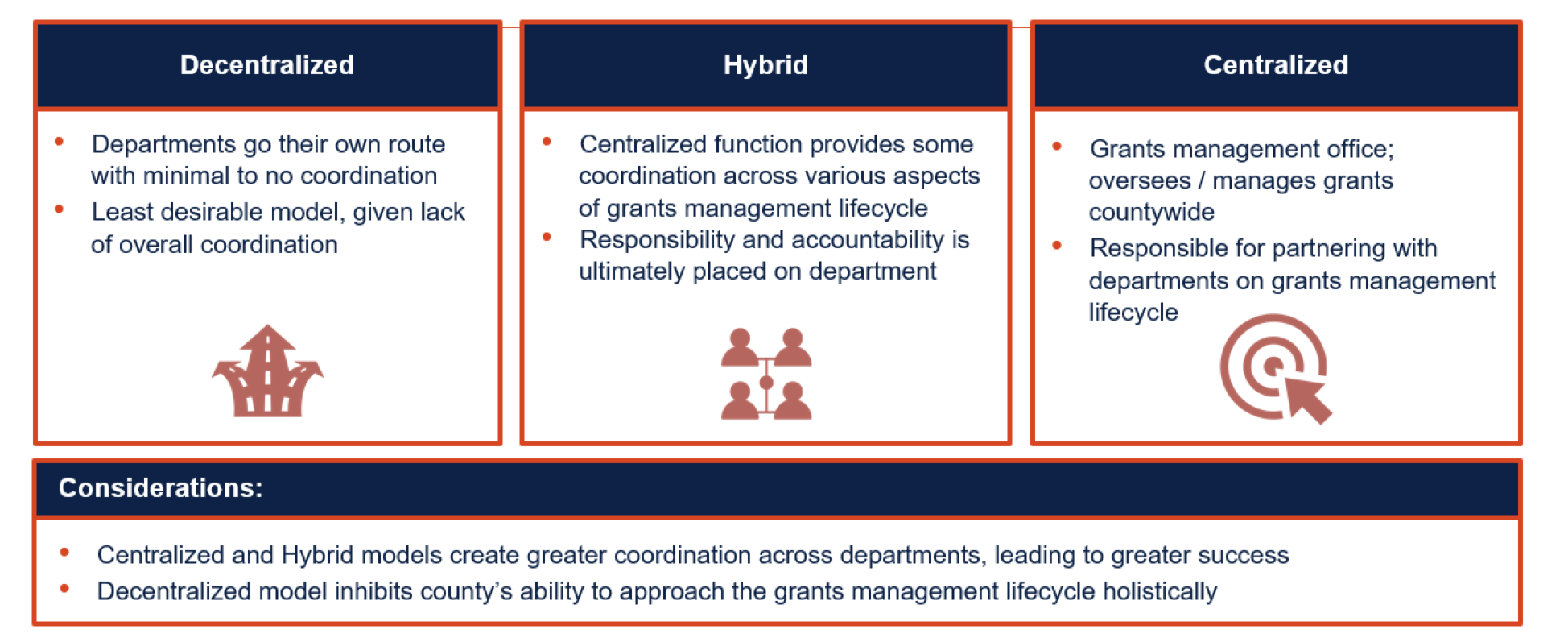How Does Title VI Apply to My Organization?
By Mitzi McMahan and Demitra Kourtzidis, Witt O’Brien’s
In February 2023, NGMA hosted the webinar "An Overview of What It Means to Be Title VI Ready and How an Equity Strategy will Help You Best Compete for Federal Funding" with speakers Mitzi McMahan and Jason Mistlebauer of Witt O’Brien’s. Mitzi and her colleague, Demitra Kourzidis, have provided a brief overview of their presentation. Missed the webinar? NGMA members may access all past webinar recordings free of charge HERE. (Member login required)
__________________________________________________________________________
Title VI of the Civil Rights Act of 1964 prohibits discrimination based on race, color, and national origin in programs and activities receiving federal financial assistance. Recipients must ensure that their programs and services are provided to all in a nondiscriminatory manner.
With the Justice40 Initiative, the Biden Administration required federal agencies to draft equity action plans.
 Look at the agency(ies) that fund your organization, review their equity action plans, and make sure you understand your Title VI and environmental justice requirements. For example, the US Department of Transportation’s (USDOT) Equity Action Plan lays the foundation for institutionalizing equity in all of USDOT’s programs and policies. To realize this goal, USDOT is reinvigorating the programmatic enforcement of Civil Rights, which includes Title VI. In addition, the equity action plan includes provisions for guidance and the subsequent monitoring of funding recipient compliance (that’s YOU!) with their meaningful public participation obligations. Look at the agency(ies) that fund your organization, review their equity action plans, and make sure you understand your Title VI and environmental justice requirements. For example, the US Department of Transportation’s (USDOT) Equity Action Plan lays the foundation for institutionalizing equity in all of USDOT’s programs and policies. To realize this goal, USDOT is reinvigorating the programmatic enforcement of Civil Rights, which includes Title VI. In addition, the equity action plan includes provisions for guidance and the subsequent monitoring of funding recipient compliance (that’s YOU!) with their meaningful public participation obligations.
Equity and Environmental Justice are now significant components of winning competitive funding. Organizations that can demonstrate a commitment to equity and environmental justice are best positioned for the incoming federal infrastructure awards. Through the Justice40 Initiative, the Federal government set a goal to direct forty percent of the benefits of certain Federal investments to disadvantaged communities. Hundreds of Federal programs are being transformed to ensure that disadvantaged communities receive the benefits of new and existing Federal investments.
Through the Bipartisan Infrastructure Law (BIL), Inflation Reduction Act (IRA), and American Rescue Plan Act (ARPA), Federal agencies are making historic levels of investment to advance environmental justice. This will help confront decades of underinvestment in disadvantaged communities and bring critical resources to communities that are marginalized, underserved, and overburdened by pollution.
Applications for many federal grants will be more competitive if they
-
Contribute to environmental justice for communities that disproportionately experience impacts of climate change.
-
Target at least 40% of resources and benefits towards communities that are low-income, historically disadvantaged, underserved, or overburdened.
Look Inward to See What Your Organization Already Has in Place
Use the Title VI Self-Assessment to take stock of your organization’s Title VI procedures. This will give you a general understanding of your organization's strengths and weaknesses related to Title VI.
Title VI applies to all federal funders, but each one has its own requirements. For example, the Federal Highway Administration (FHWA) requires recipients to submit a Title VI plan annually, while the Federal Transit Administration (FTA) requires it every three years.
Carefully review any guidance from your funding agency(ies) related to your funded program(s). Review the grant agreements of any existing or anticipated funding. When in doubt, consult with your funding agency and, if applicable, the -pass-through entity.
When your organization applies for new federal funding, look at the notice of funding opportunity and the general terms and conditions for guidance.
 To get started, you will want to review your organization’s existing policies and procedures. Perhaps another department has interactions with the public frequently. That department may already have the beginnings of a Public Participation Plan. You may even find that a sufficient plan already exists, but you won’t know until you start the dialogue across your organization. Go through the Title VI Self-Assessment and use it as a guide to seek out existing or planned documentation. To get started, you will want to review your organization’s existing policies and procedures. Perhaps another department has interactions with the public frequently. That department may already have the beginnings of a Public Participation Plan. You may even find that a sufficient plan already exists, but you won’t know until you start the dialogue across your organization. Go through the Title VI Self-Assessment and use it as a guide to seek out existing or planned documentation.
Gathering colleagues for an initial review of the task at hand will likely daylight which documents your organization may need for Title VI compliance. There is power in gathering multidisciplinary groups, and it could be the start of your organization’s Title VI team of subject matter experts.
Looking at the types of grants management models, identify your organization’s approach. This will help you help you collaborate with your colleagues as effectively as possible. As you go through these Title VI compliance exercises, you may want to consider if another model could be more effective for your organization. If you are decentralized, you may find that ensuring compliance is more of a challenge due to the lack of coordination. These conversations are good to have as you work collaboratively toward strengthening your organization’s overall grants management strategy.

Building Organizational Capacity and Looking Toward the Future
Title VI is an essential component of a long-term funding strategy. Your organization’s projects will be stronger with public engagement at every step of the process. Plus, not complying with federal funders’ Title VI requirements could put your funding at risk. Developing and following a Title VI plan based on your funders’ requirements will help keep your organization in good standing with federal agencies.
-
Document your Title VI policies and procedures and share them with your organization.
-
Implement training so staff and, if applicable, subrecipients are educated on requirements.
-
Build organizational capacity, so you’re ready to apply for funding opportunities as they arise.
Again, to be most competitive in the federal funding landscape, you want to be able to demonstrate compliance. Your organization’s equity strategy, which is founded upon your Title VI efforts, will help you demonstrate compliance and strengthen your grant applications.
For your federal funders, or pass through entities that receive federal funding, you will need to make sure you are able to meet all the requirements that come with federal funding. Ensuring your organization’s policies and procedures are sound and addressing federal crosscutting requirements, such as Title VI, will help set you up for success.
|